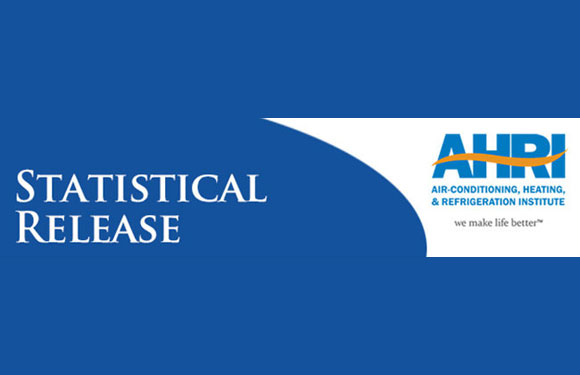
News
Top Five 2020 HR Trends Post Pandemic
Contributed by Rachel Comella, Director of HR Partnerships, CertiPay
The shape of 2020 will now be defined by the Coronavirus Pandemic. We will change our businesses and our work force to match this new definition of normal. The trends that HR Professionals see are all connected and therefore will function best as one unit with many parts. HR will play an important role in the continuity of business function.
1. HR Outsourcing

If you don’t have HR experts in your corner, NOW is the time to add them in. High level HR knowledge and support are critical during these times where regulations are changing rapidly. Your HR professionals will guide you and protect your business. As a result of refined technology we were heading in a direction where most of the HR functions can be outsourced anyway: payroll, time keeping, 401k, applicant tracking, benefit enrollment, etc. Now that we are navigating through new territory the additional HR expertise will be critical. Over 90% of mid and large size companies will have some piece of HR outsourced by the end of 2020. There are so many specific compliance requirements now that it makes sense for companies to outsource these functions. In addition, it will be critical to have an HR project director or senior leader on your side. You can get much more for your money if you outsource because you end up with a team of people who are highly experienced and knowledgeable vs the cost of hiring one experienced employee. Outsourcing can also add a layer or line of defense to help protect a company from unnecessary expense or even litigation.
2. Flexibility and Remote Workforce
At the beginning of 2005 we were all still driving into an office every day. Now in 2020 we have seen nearly 150% increase in remote work options. We were on target for 50/50 remote to brick and mortar split by 2025. Then Coronavirus hit us like a ton of lead. Businesses were forced to create remote options on the fly. Now that we figured it out it will most likely stay. There are some positions that will always be face to face but you would be wise to take a deep look at each of your positions. If you only need a computer and a phone, then you do not need an office building. Be mindful of employee engagement when your work force is spread out. Video meetings go a long way in connecting a team. The cost savings of a remote workforce can be fantastic for both employee and employer.
3. Business Survival and Reorganization
Your business most likely took some sort of hit with the Pandemic shutdown. We were all rolling at a nice status quo pace through 2020. Then we all got tossed in the air. Now the pieces are landing and you need to find your new place in the business wheel. If you are one of the lucky ones you are still a functioning business. You may now need to redefine or reorganize your business plan. This is again where HR comes in. You may need to recreate job descriptions, organizational structure, or strategic plans in order to streamline and survive long term. A remote workforce may be a new concept and the cost savings will save your business. Get expert help this year so you can thrive, not just survive.
4. Focus on Employees and Knowledge Gaps
There will be a lot of shifts in terms of your work force in the next few years. Understanding what your turnover number is and focusing on retention strategies goes without saying at this point. The youngest Baby Boomers are in their mid-fifties. That means your corporate memory and experience will be walking out the door in the next ten years with those Baby Boomers. The older Millennials are now approaching 40 and have enough experience to start taking on some of the senior leadership roles. The youngest Millennials are now in their twenties and are receptive to learning more and taking on more responsibility. If you don’t have a mentorship program in place, now is the time to add one. Your Boomers and GenXers are a fantastic resource for transferring all of that knowledge to your Millennials. Make sure you have succession plans in place and take advantage of the information and skill in front of you.
5. Artificial Intelligence and HR
Technology has made it possible to eliminate loads of paperwork, save thousands of hours, and reduce the risk of human error. We can use AI for time keeping, benefit enrollment, payroll processing, recruiting, applicant tracking, and much more. We have been collecting data for years now. It will be very important to get on this band wagon because we are now moving into the next stage which is using the data. So now, for example, we can quickly create charts and graphs that tell us when an employee leaves and how long they stayed. That helps us determine why…..and then we can work on the retention piece. The data we collect can be a useful tool for business planning, change management and diversity/inclusion efforts. Don’t just collect the data, do something with the information you learn from it.
The Coronavirus Pandemic has been one of those defining moments in our lifetime. As we take these trends and connect them to our post pandemic strategic business plans we can expect to see positive growth and development. For C-Suite leaders and HR executives, think of each employee as a teacher and pay close attention to any lessons they may have for us this year.
For information on solutions offered by CertiPay visit https://www.certipay.com.
Contact Rachel Comella by emailing rcomella@certipay.com.














